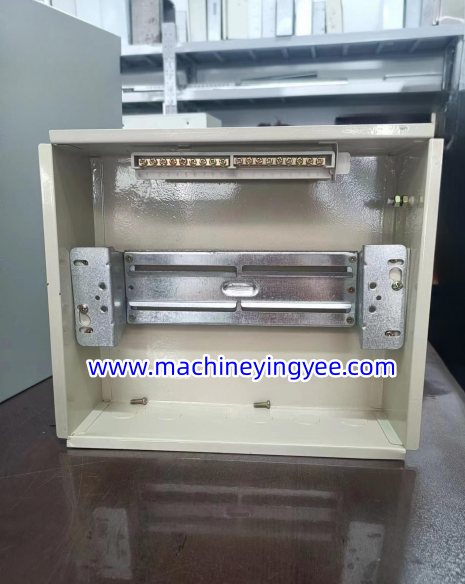
The Cable Tray Production Line An Overview
In the modern industrial landscape, efficient cable management is paramount for ensuring safety and reliability in electrical installations. One of the most effective solutions to this challenge is the use of cable trays. A cable tray production line is designed to manufacture these essential components in a streamlined and cost-effective manner. This article delves into the intricacies of a cable tray production line, exploring its components, manufacturing processes, and the significance of quality control.
Components of a Cable Tray Production Line
A typical cable tray production line comprises several key components that work in unison. The primary machinery involved includes cutting machines, bending machines, welding equipment, and finishing stations. Each machine has a specific role in the production process
1. Cutting Machines These machines are responsible for cutting raw materials, often steel or aluminum, into precise lengths. Automated cutting ensures uniformity and reduces material waste, thereby optimizing production efficiency.
2. Bending Machines After cutting, the pieces must be bent to form the desired shapes, such as L-shaped or T-shaped trays that allow for versatile installation configurations. Hydraulic or mechanical bending machines are commonly employed for this purpose.
3. Welding Equipment For cable trays that require additional strength, welding machines play a crucial role. These machines ensure that joints are securely fastened, enhancing both the durability and load-bearing capacity of the trays.
4. Finishing Stations After fabrication, the trays undergo various finishing processes, including powder coating, galvanization, or painting. These finishes provide protection against corrosion, enhancing the longevity and reliability of the trays in various environments.
Manufacturing Process
The manufacturing process of a cable tray begins with the careful selection of high-quality raw materials, typically involving steel or aluminum for their strength and resistance to environmental factors. Once the material is procured, the following steps are taken

1. Material Preparation The raw materials are unraveled and inspected for any defects before being fed into the cutting machines.
2. Cutting and Shaping As the cutting machines slice the materials into necessary lengths, bending machines simultaneously shape them. The integration of CAD (Computer-Aided Design) technology in this phase streamlines the transition from design to production, ensuring high precision.
3. Joining Processes The next step involves the welding of parts. Robotic welding technology is increasingly used to improve the consistency and quality of the welds, minimizing human error.
4. Surface Treatment Once assembled, trays are subjected to various surface treatments to enhance their resistance to environmental stressors. This is crucial for applications in harsh conditions, such as chemical plants or outdoor installations.
5. Quality Control Throughout the production line, rigorous quality control measures are implemented. This includes inspections at various stages to test for dimensional accuracy, strength, and surface integrity. Implementing such quality assurance processes helps manufacturers comply with international standards and industry regulations.
Importance of Quality Control
Quality control in a cable tray production line cannot be overstated. It not only ensures the safety and functionality of the final product but also helps in maintaining a manufacturer's reputation in a competitive market. By adhering to strict quality control protocols, manufacturers can mitigate the risks of product failure, which can lead to costly damage and liability issues.
Conclusion
The cable tray production line is an essential part of modern electrical and construction industries, facilitating the safe and organized routing of electrical cables. By integrating advanced machinery and adhering to stringent quality control processes, manufacturers can produce high-quality cable trays that meet the diverse needs of their clients. As technology continues to evolve, the production methodologies and materials used in the cable tray manufacturing process will also advance, paving the way for innovative solutions in cable management. As we move towards an increasingly interconnected world, the role of reliable cable management systems will undoubtedly remain a priority for industrial and commercial facilities alike.